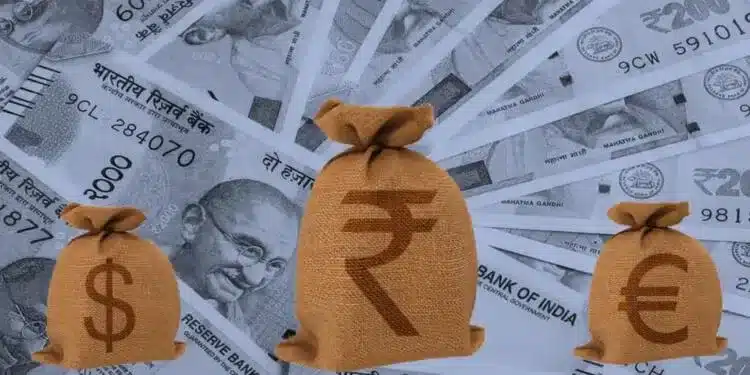About Cash Reserve Ratio (CRR)
- Under CRR, commercial banks have to hold a certain minimum amount of deposit as reserves with the RBI.
- The percentage of cash required to be kept in reserves as against the bank’s total deposits is called the CRR.
- The RBI decides the amount, and is kept with them for financial security.
- The bank cannot use this amount for lending and investment purposes and does not get any interest from the RBI.
- The CRR applies to scheduled commercial banks, while regional rural banks and NBFCs are excluded.
- Following are the critical objectives of the CRR:
- CRR helps control inflation. In a high inflation environment, the RBI can increase CRR to prevent banks from lending more.
- CRR also ensures banks have a minimum amount of funds readily available to customers, even during huge demand.
- CRR serves as the reference rate for loans. Also known as the base rate for loans, banks cannot offer loans below this rate.
- Since CRR regulates the money supply, it boosts the economy whenever required by lowering the CRR.
- How is the CRR Calculated?
- There is no CRR formula. In technical terms, CRR is calculated as a percentage of Net Demand and Time Liabilities (NDTL).
- NDTL for banking refers to the aggregate savings account, current account, and fixed deposit balances held by a bank.
- In case a bank fails to maintain its CRR, it will have to pay fines to the RBI because of that default. The fine is charged for the shortfall.
Q1) What are Green Deposits?
In general terms, a green deposit is a fixed-term deposit for those who want to invest in environmentally friendly projects. Just like a regular Fixed Deposit scheme, the green deposit pays interest to its investors and has a fixed term. The proceeds that a bank gets from deposit holders get earmarked for allocation to green finance.
Source: SBI seeking lower CRR on green deposits, says chairman Dinesh Khara
Last updated on December, 2025
→ Check out the latest UPSC Syllabus 2026 here.
→ Join Vajiram & Ravi’s Interview Guidance Programme for expert help to crack your final UPSC stage.
→ UPSC Mains Result 2025 is now out.
→ UPSC Notification 2026 is scheduled to be released on January 14, 2026.
→ UPSC Calendar 2026 is released on 15th May, 2025.
→ The UPSC Vacancy 2025 were released 1129, out of which 979 were for UPSC CSE and remaining 150 are for UPSC IFoS.
→ UPSC Prelims 2026 will be conducted on 24th May, 2026 & UPSC Mains 2026 will be conducted on 21st August 2026.
→ The UPSC Selection Process is of 3 stages-Prelims, Mains and Interview.
→ UPSC Result 2024 is released with latest UPSC Marksheet 2024. Check Now!
→ UPSC Prelims Result 2025 is out now for the CSE held on 25 May 2025.
→ UPSC Toppers List 2024 is released now. Shakti Dubey is UPSC AIR 1 2024 Topper.
→ UPSC Prelims Question Paper 2025 and Unofficial Prelims Answer Key 2025 are available now.
→ UPSC Mains Question Paper 2025 is out for Essay, GS 1, 2, 3 & GS 4.
→ UPSC Mains Indian Language Question Paper 2025 is now out.
→ UPSC Mains Optional Question Paper 2025 is now out.
→ Also check Best IAS Coaching in Delhi

















